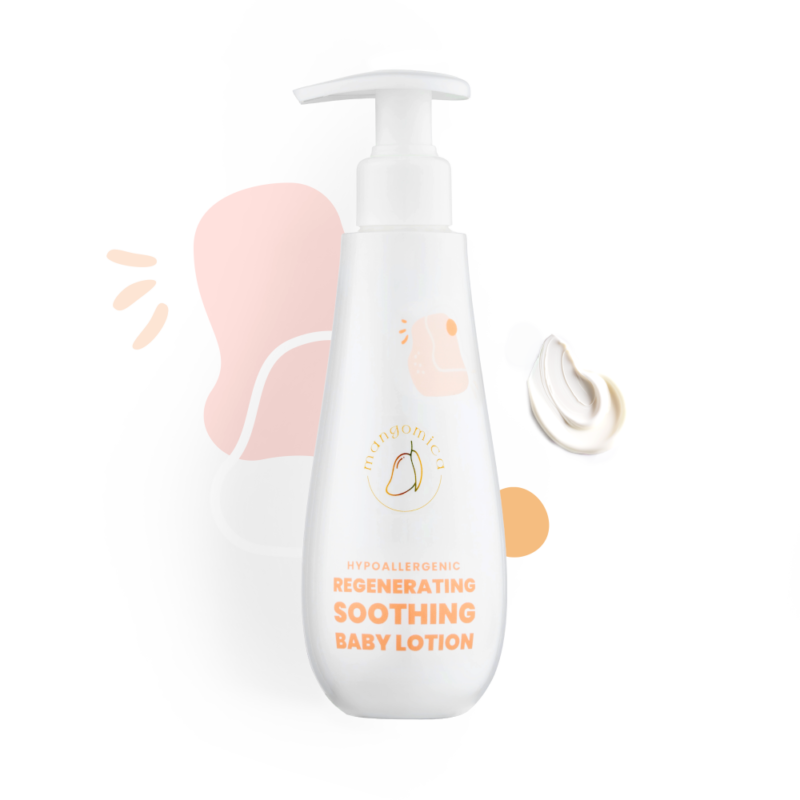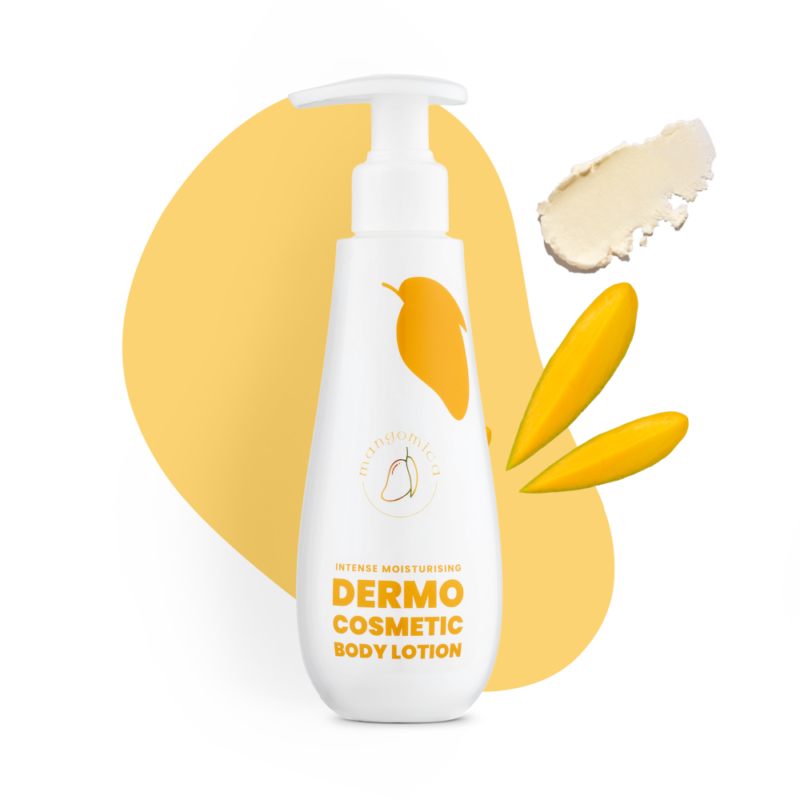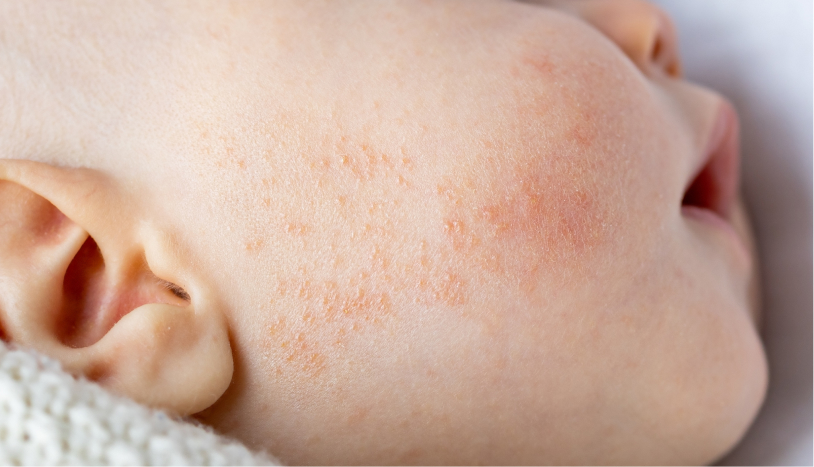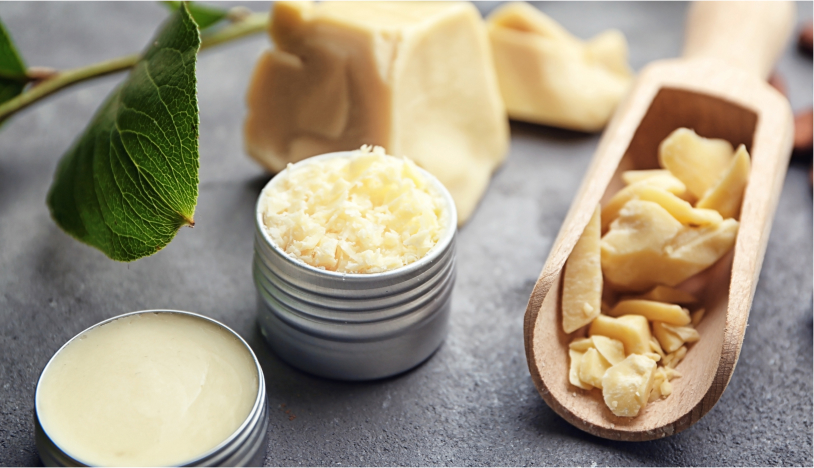Atopic dermatitis is a condition now recognized as a civilization disease. It affects people of all ages, but the struggle with its symptoms can be particularly challenging in children, as their skin changes often cover almost the entire body. Therefore, it is important to prioritize comprehensive solutions in daily care and properly address dry, flaky, and itchy skin. Is it better to moisturize or hydrate?
Moisturising vs. hydrating - what's the difference?
Moisturizing and hydrating are two different categories of skincare aimed at maintaining its health and condition. Although these terms are often used interchangeably, there are several significant differences between them. What are they?
- Hydrating involves providing the skin with an adequate amount of water and substances that prevent its loss. Its goal is to maintain the skin's water levels by preventing dryness, flaking, or loss of elasticity. This effect can be achieved by using products containing ingredients such as urea, hyaluronic acid, or glycerine.
- Moisturising, on the other hand, involves supplying the skin with fatty substances that create a protective layer on its surface. The primary aim of moisturising is to prevent the loss of natural lipids that keep the skin soft and elastic and protect it from external factors. Moisturisers contain ingredients that help restore or strengthen the skin's protective barrier, including plant butters and oils.
Hydration is a fundamental part of daily skincare, as it helps maintain smoothness, elasticity, and a radiant appearance. This treatment works well for all skin types, especially the naturally dry skin or excessively dehydrated skin exposed to external factors such as cold weather, dry and hot air, salty water, or air conditioning.
Moisturisation, on the other hand, represents a higher level of skincare, recommended for skin with a damaged hydrolipidic barrier, for example, due to allergic reactions, burns, or dermatological conditions. The absence of this natural protective barrier leads to rapid moisture loss, resulting in skin peeling, cracking, itching, and susceptibility to infection. In such cases, hydrating the skin alone is not sufficient, as it only temporarily alleviates external symptoms instead of addressing the root of the problem.
How to care for atopic skin?
Caring for atopic skin is a real challenge. This is due to the fact that although atopic dermatitis theoretically exhibits the same symptoms, each individual's experience varies. The affected areas, the severity of the condition, and even the timing, including remission phases and temporary symptom relief, can all differ. Regardless of the individual course of the disease, the principles of care are similar. What are they?
On a daily basis, the key is to protect against water loss and maintain the skin's natural hydrolipidic layer, and if necessary, support its reconstruction and regeneration. Emollients, which are dermocosmetics combining moisturizing and hydrating properties, work best in addressing this challenge.
Emollients help relieve atopic dermatitis by:
- preventing water evaporation from the epidermis,
- replenishing the lipid layer of the skin.
- strengthening the intercellular cement.
- softening and smoothing the skin.
- alleviating itching.
- reducing inflammation.
- protecting the skin from external factors.
It is essential to choose products with the most natural composition possible, by avoiding paraffin, silicones, fragrances, or colorants, as they may exacerbate skin issues. On the other hand, look for ingredients such as unrefined plant butters and oils, like mango and shea butter, black cumin oil, sea buckthorn oil, and pomegranate seed oil. Products with probiotic complexes, ceramides, as well as vitamins A and E are also beneficial, as these substances have a positive impact on the skin's hydrolipidic layer. They strengthen it and support its regeneration, making atopic dermatitis symptoms less troublesome over time and eventually calming and fading away.
Conscious care for atopic skin should be consistent and multifaceted, not only during symptom exacerbation. It is best to use several products from the same product line daily, for instance, using hypoallergenic cleansing emollient for bathing and then hydrating and moisturizing the body with a Mangomica dermocosmetic balm. This way, the ingredients in the products will complement each other, and the effect will be more noticeable.






